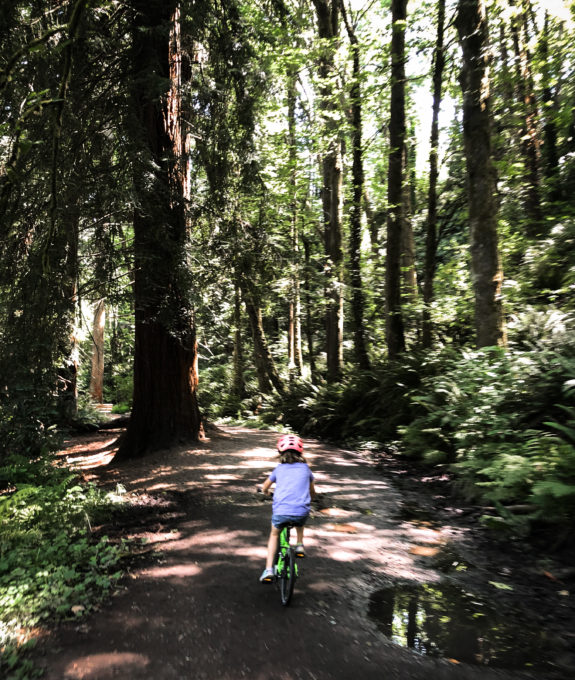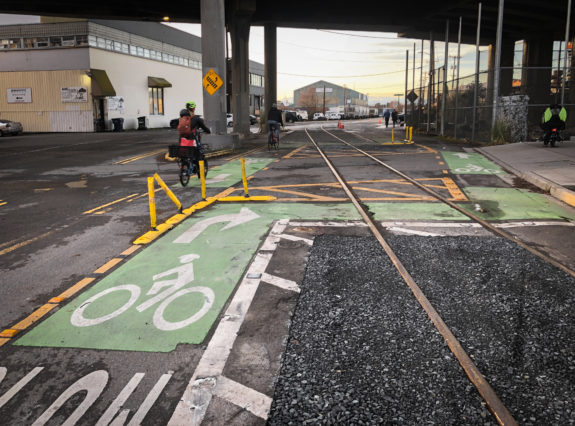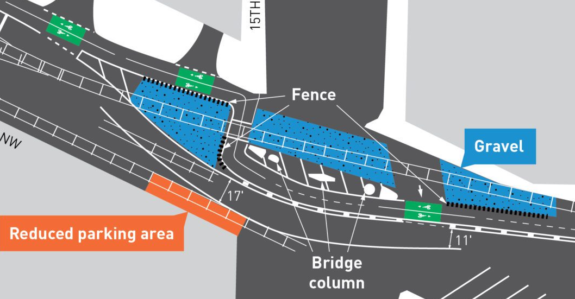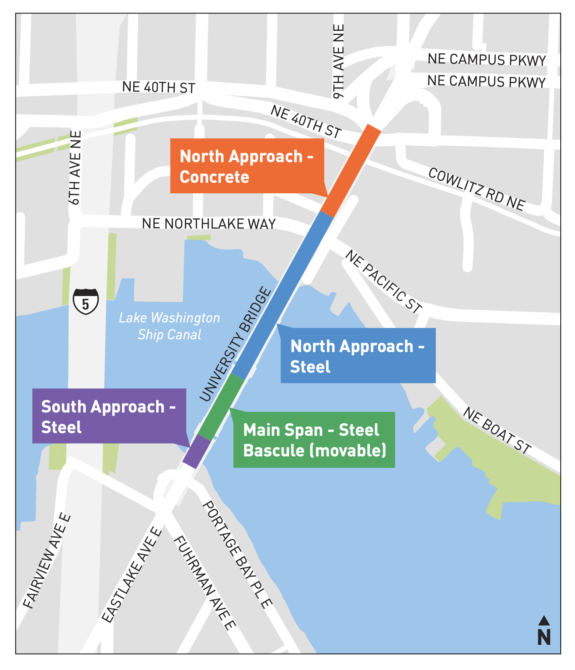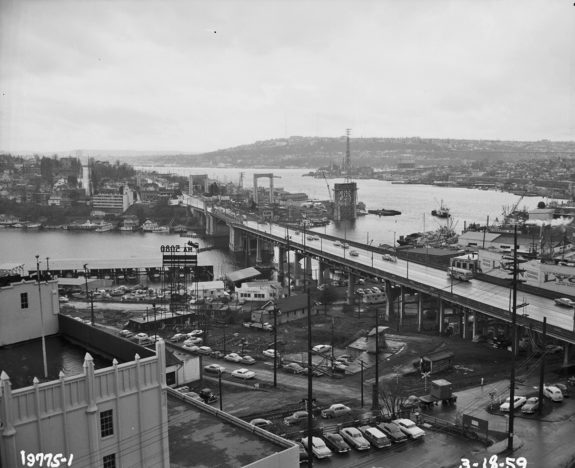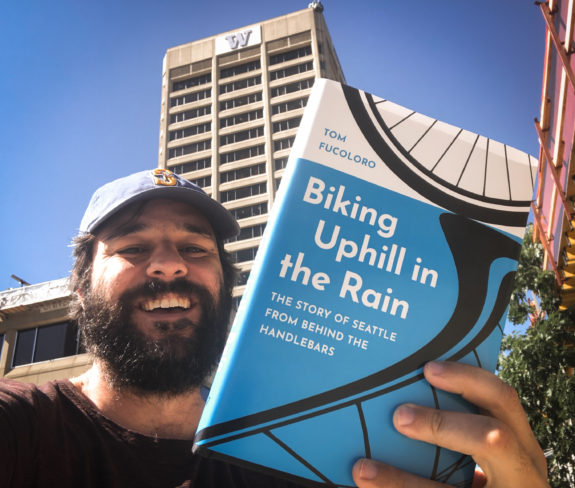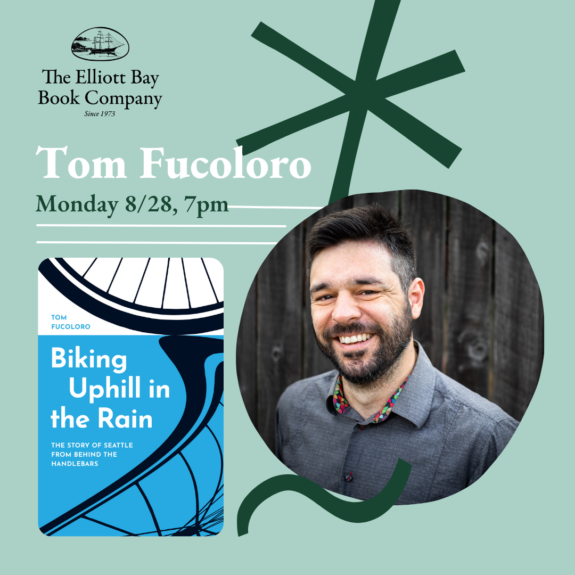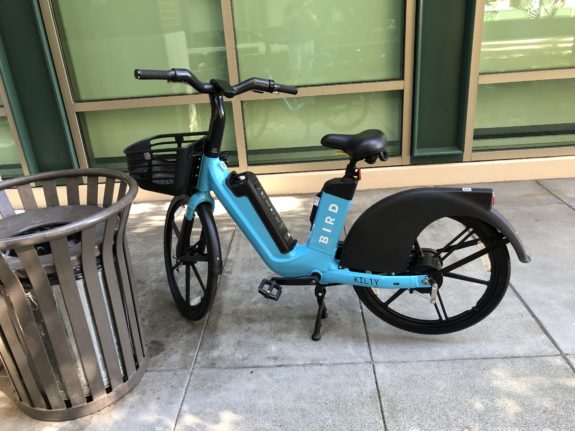
Scooter share company Bird has quietly launched new shared e-bikes in Seattle in addition to their fleet of scooters, so of course I had to hunt one down and take it for a ride.
The company’s pedal-assist e-bikes are the first direct competitor to Lime since Lime took over JUMP in 2020. Veo also has “bikes” in operation in Seattle, but they are more like throttle-controlled scooters with mostly useless pedals. Bird’s bikes, which the company first introduced in 2021, are much more like the now-familiar Lime bikes. They cost $1 to unlock plus 39¢ per minute, which is 8¢ less per minute than Lime’s bikes as of press time. Note that the companies adjust these prices often.
After a few tries, I was able to ride a fully-functional bike, and it was great. It passed my downtown hill-climbing test, getting up and down the extremely steep blocks of Spring and Seneca Streets between 2nd and 4th Avenues. A bike that can handle these hills can handle any Seattle bike route.
The blue and black bikes have solid tires similar to those common on early private bike share bikes launched in Seattle back in 2017. These solid tires have the obvious benefit of reliability because they cannot go flat, but they do make the ride a bit bumpier than the more familiar tires filled with air that the Lime bikes use. The Bird bikes also have somewhat sluggish brakes, but they are good enough to stop the bike on a very steep downhill. The saddle height is adjustable using a dropper post handle, which is very easy, fast and intuitive.
Overall, the Bird bike is not quite as good as the Lime bike, which had the benefit of consuming JUMP’s many years of bike development. But the Bird bike is cheaper to ride, so the better Lime ride comes with a price premium. 8¢ per minute doesn’t sound like a lot of a price difference, but it adds up. If you ride for 30 minutes, the price difference is $2.40, about the cost of a transit fare. It will be interesting to see if Lime is forced to stop its ongoing price hikes now that they have a direct competitor.
(more…)
